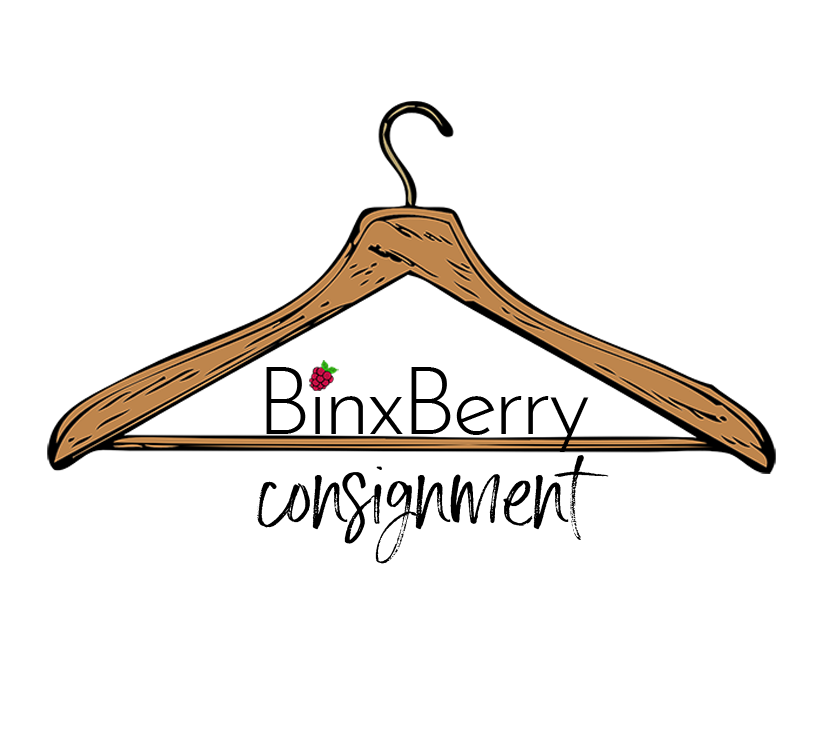A conversation with one of our original consigners and repeat customers today got us thinking about thrifting across generations. Are younger generations more open to thrifting? Thrifting is more than just a trend. From vintage enthusiasts to sustainability advocates, thrifting appeals to a diverse range of people. Yet, how different generations perceive and engage with thrift stores can vary widely. I never saw my mom shop at a thrift store, but my youngest child prefers to thrift. Rising prices and high unemployment have more and more people turning to thrift stores, as does a movement to preserve our environment for generations to come. It has us asking, how do different generations look at thrifting?
For the Silent Generation (1928-1945), thrifting often carries a sense of nostalgia and practicality. Many from this generation grew up during or after the Great Depression, where thriftiness was a necessity rather than a choice. Second-hand shopping was common, and it was a way to stretch limited resources. Today, some members of this generation still view thrifting through this pragmatic lens, appreciating the value and frugality that comes with finding a good deal.
Baby Boomers (1946-1964), who came of age during the economic boom of the 1950s and 1960s, have a more varied relationship with thrifting. Initially, it might have been seen as a way to save money, particularly for families on a budget. As the years went by, however, many Boomers began to associate thrifting with unique finds and nostalgia. For some, it’s about rediscovering retro items from their youth, while others appreciate the charm and history behind vintage pieces. Today, thrifting is both a practical activity and a way to connect with the past.
Generation X (1965-1980) has witnessed a shift in the perception of thrifting from necessity to a statement of individuality. As this generation grew up during economic fluctuations and the rise of consumer culture, thrifting became a way to stand out from the mainstream. For many Gen Xers, it’s about finding unique, high-quality items that aren’t available in typical retail stores. The appeal lies in the hunt for treasures and the satisfaction of scoring something special that reflects personal style.
Millennials (1981-1996) have embraced thrifting with enthusiasm, driven by a strong desire for sustainability and unique fashion. This generation is highly aware of the environmental impact of fast fashion and consumerism, leading them to seek out second-hand goods as a more eco-friendly alternative. Thrift stores are seen not just as budget-friendly but as a way to reduce waste and promote sustainable living. Additionally, the rise of vintage fashion and retro aesthetics has made thrifting a popular and trendy choice among Millennials.
For Generation Z (1997-2012), thrifting is often intertwined with social media and digital culture. This generation has grown up with platforms like Instagram and TikTok, where thrifted finds and upcycled fashion are frequently showcased. Gen Z sees thrifting as a way to express individuality and creativity, often using social media to share their unique thrifted looks. The appeal is partly due to the desire for authenticity and a break from the uniformity of mainstream fashion.
Despite the different perspectives, there are common threads that bridge generational gaps in attitudes toward thrifting. Each generation, in its own way, finds value in thrifted items—whether through nostalgia, individuality, sustainability, or digital expression. The practice of thrifting offers a way to connect with history, make unique fashion choices, and contribute to a more sustainable world.

